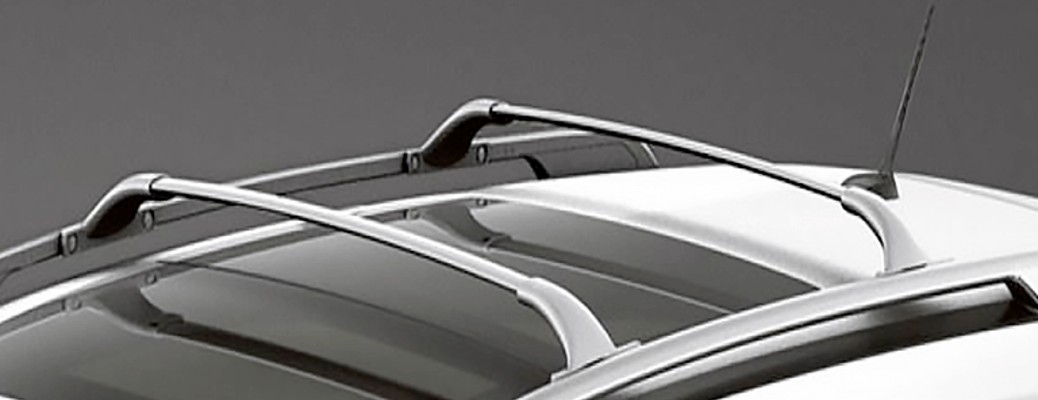Finding a leak under your vehicle is frustrating, but if you can’t figure out where the leak is coming from, it becomes downright stressful. Luckily, our team here at Matt Castrucci Nissan is here to help. We never want you to feel overwhelmed, so we’re handing out our best tips and tricks for identifying fluid leaks! Keep reading to learn more!
5 common fluid leaks and what they mean
There are a few things to consider when it comes to car leaks; you’ll want to take notice of both the fluid’s color and consistency. Additionally, determining where the leak is coming from will help you identify the cause as well. We recommend placing a newspaper on the ground beneath your car to determine if the leak is coming from the front or rear of the vehicle.
Oil
One of the most common fluid leaks is caused by oil. It’s also one of the easiest fluids to identify due to its tell-tale dark brown or black coloring. Oil leaks will be located directly under the engine and will most likely feel somewhat sticky.
Brake fluid
Brake fluid leaks are possibly one of the most dangerous fluid leaks, so it’s important to identify leaking brake fluid as quickly as possible. Brake fluid will either be dark brown or clear in color and will have a slippery consistency. If you determine this is the fluid that’s leaking, we don’t recommend even trying to drive the vehicle to the service shop. Having your vehicle towed there is by far the safest option.
Power steering
There are three common places you may find a power steering leak: in the steering gear or rack, directly under your power steering pump, or under the hoses and tubing that carry the power steering fluid. It can be difficult to determine if the leak is power steering fluid or transmission fluid due to their similar colors, but power steering fluid will be located near the front of the vehicle and will be thin, whereas transmission fluid is commonly thicker in texture and carries a noticeable odor.


Transmission fluid
Transmission fluid will most commonly be found leaking near the middle of the vehicle and will typically be red or burnt orange in appearance. Additionally, the liquid will be slick and smell similar to petroleum. Transmission fluid leaks can also be identified without seeing the actual leak; if the transmission is slow to start, transmission fluid levels may be low, indicating a potential leak.
Coolant
Coolant leaks will usually be yellow, green, or sometimes pink in appearance and will feel slimy to the touch. The first symptom of leaking coolant is an overheated engine, but it’s important to wait until the engine is completely cooled before attempting to check coolant levels. Leaking coolant will commonly be found near the middle of the car and may carry a somewhat sweet smell.
You might also be interested in: 3 things that are draining your car’s battery
If you’ve noticed a leak coming from your car, we highly recommend bringing the vehicle in to get checked out by professionals. Our expert service technicians here at Matt Castrucci Nissan will diagnose the problem and get you back on the road as soon as possible! Have additional questions about our service department or the services we offer? Feel free to contact our team today!





